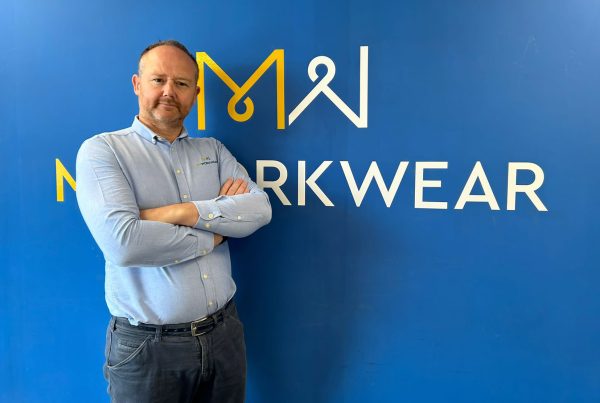How are we meant to get to know our new employees in the post pandemic world of business? The rise in home working and onboarding people remotely makes thorough pre-employment research more crucial than ever. So, what fundamentals should every HR professional be adding, or have already added, to their onboarding checklist in 2022?��Georgina Wilson, Strategy and Planning Director at Vero Screening, outlines the basics.
For nearly two years, HR managers have been faced with exceptional circumstances. Working from home has become the norm for many, whether full-time homeworking, hybrid or ad hoc, and it doesn�t look to be going away any time soon.
According to research, 55% of businesses now offer some capacity for remote working, and international hiring has also become an everyday reality for many. Add to this a gig economy which has doubled in size since 2016 alongside record-highs for starting salaries, and what comes out is a highly competitive candidate marketplace sector wide.
Home working also means that, for many, 2021 meant making hiring decisions without physically meeting candidates. But with a bad mid-management hire estimated to cost a company up to ��130k, how many of us are now reviewing our 2021 hires and their effect on the bottom line in 2022? On the flip side, what�s worked well about onboarding those new hires remotely and which kinds of roles lend themselves to similar models for recruitment in future?
The workforce has also been empowered by ongoing rises in the gig economy, as well as an unprecedented increase in starting salaries due to skills shortages across the board. And if your organisation has expanded into the international market during the pandemic, which so many have, you might be thinking about recruiting outside your home market for the first time too.
Put together, all this means HR professionals need to be moving beyond the standard DBS check required for new employees, if they haven�t already.
Take the gig economy. Uber drivers, Amazon drivers and the like now make up 10% of the UK workforce as short-term roles which need filling at a moment�s notice, and the onus is very much on those doing the hiring to ensure the safety of service users and existing employees in the process.
But how do you gauge the potential fit of a candidate if you�ve never met them in person, and without the usual channels of knowledge available to you? Are the checks you make in 2022 capable of reaching across pre-employment, social media, senior management and international backgrounds, for example?
If you�re hiring internationally more often, or perhaps for the first time, do you know what the regulations and laws are locally, regarding the candidate concerned? Each one will come with their own set of expectations and rights, based on the culture and nationality they�re most closely aligned to. For example, in some countries it�s not permitted for a third-party to conduct a criminal record check. Instead, the check has to be conducted by the individual.
Given the new the trend towards geographically dispersed teams and workplaces, can you be confident you�re in a position to make informed decisions based on reliable results and access to global databases and other resources? Are you able to confirm your candidate has the skills and experience required of the position you�re looking to fill? Can you achieve international consistency when it comes to hiring abroad?
In short, if you don�t currently have screening and other HR functions in place to address these issues, then 2022 is definitely the time to start. We�ve all spent the last two years flexing and adapting to an unprecedented rate of change, and keeping the wheels of our businesses turning. What we need to do now is take those lessons learned and put them to even better use, as we look to emerge from the pandemic. Not least to help reduce the risks associated with a bad hire at a time when, arguably, those risks have never been greater.




